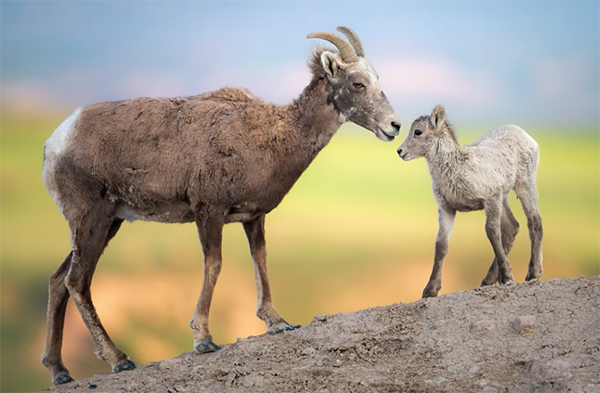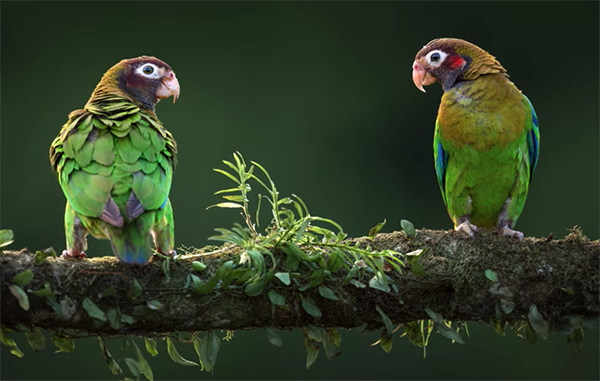A Wildlife Photographer’s Secret That Improves Any Photo You Shoot (VIDEO)
Today one of our favorite wildlife photographers shares a secret he says significantly improves how the subject of an image is perceived. What makes this simple trick so powerful is that it can works wonders for just about any photo you shoot outdoors.
While instructor Steve Perry is known for amazing wildlife imagery, his portfolio is also full of stunning landscapes and nature photos. In today’s episode he demonstrates the impact of camera height, and how a slight change in vantage point affects the mood and feel of an image.
In less than 12 minutes Perry explores what happens when you use a higher, lower, or eye-level perspective. As he says, “Not understanding these impacts can sabotage any chance you have of creating more compelling, artistic images.” He also covers several field techniques that make it easy to follow his advice.

As Perry explains, there are three primary ways that perspective affects the story you’re telling with a photo, and they’re all centered around the relationship between camera height and a subject’s eyes. He begins by illustrating how a photo is perceived when the camera is positioned above the subject’s eye.
Perry rarely photographs wildlife using this approach for several reasons. He says this perspective conveys an unwanted feeling that the viewer is dominant and creates less connection with the subject. He also notes that this can often “minimize the importance of the subject.
A better technique is to shoot at the subject’s eye level (like we do when photographing children and small pets). Perry says this approach creates ‘increased empathy and engagement” by connecting viewers with the subject and making them feel like they’re part of the animal’s world. An eye-level perspective also helps add depth to an image and is particularly powerful when photographing small subjects.

As you may expect, Perry’s third tip has to do with shooting below the subject’s eye level, which is another of his regularly used techniques. While this method can be extremely effective, he notes why the proper subject is needed to make it work.
When done properly, a below-eye-level perspective makes powerful animals appear even more majestic and intimidating—while making the viewer feel smaller and vulnerable. This can also be a fun approach to take with small subjects, because it imbues them with a unique sense of dominance that we typically don’t expect.
There much more to see, and specific techniques to learn, and by the time you’re finished watching we think you’ll be convinced. You can find more helpful tips by visiting Perry’s popular YouTube channel.
We also suggest checking out the tutorial we shared recently from another top outdoor photographer, explaining seven common landscape photography mistakes made by both amateurs and pros, and easy ways to fix them.




